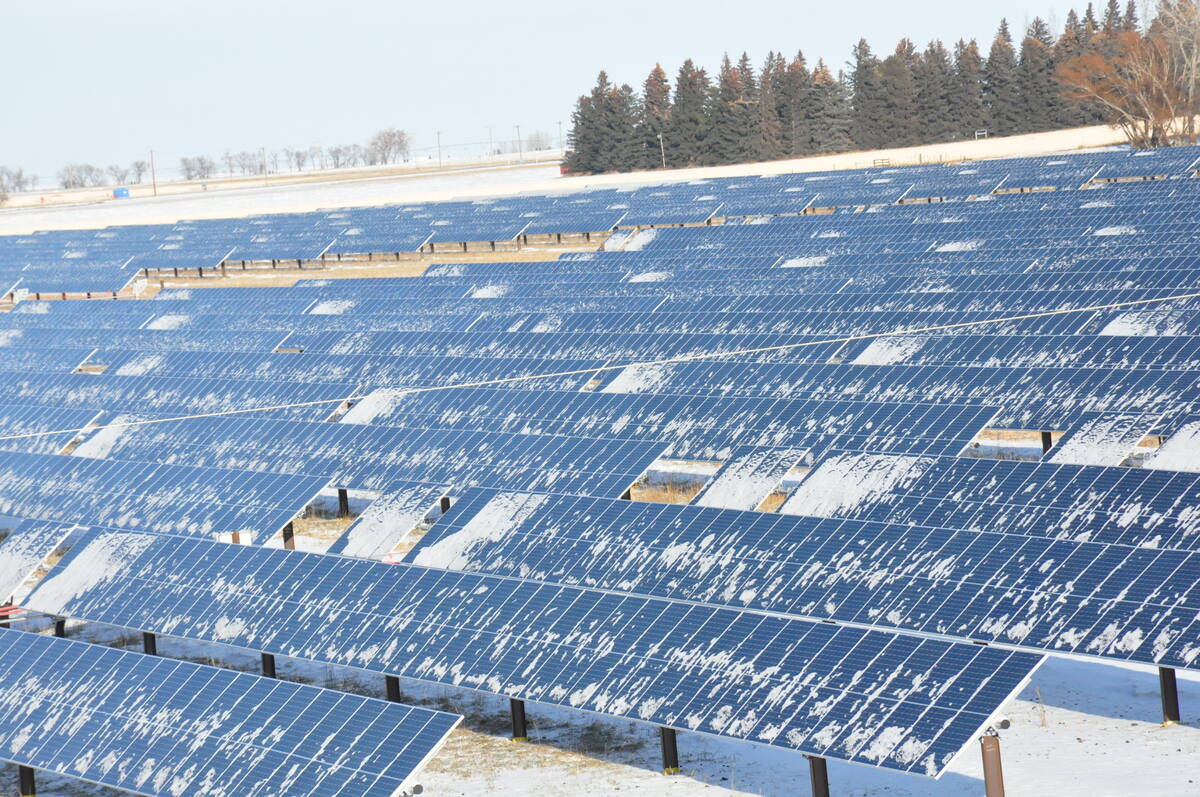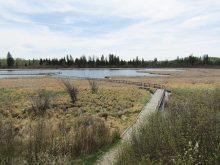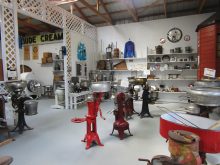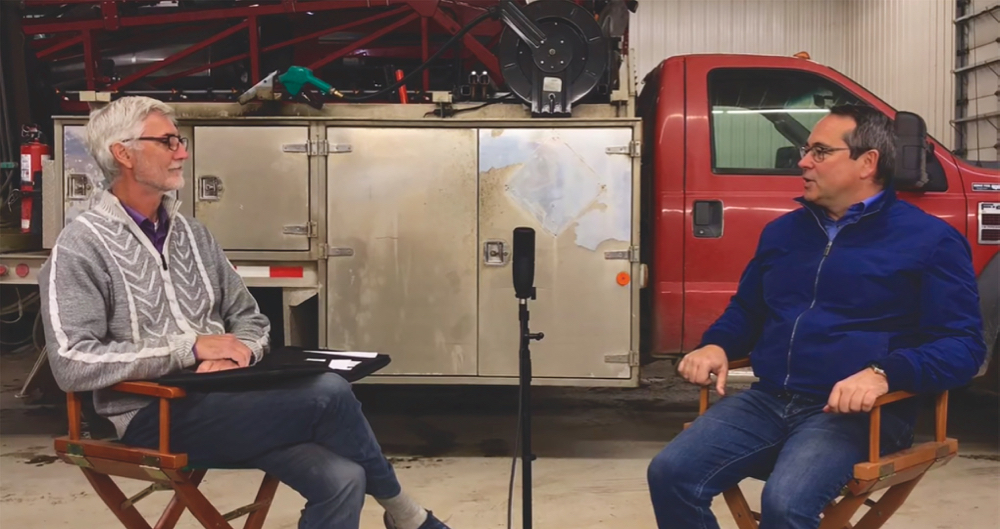Glacier FarmMedia – I was thrilled to attend a premier tourism conference in January and I certainly felt at home. Tourism loves Canadian agriculture; so much so that the conference theme of regeneration was based on the agricultural model.
Regenerative tourism digs deep into the concept of leaving a community better than before you visited – not an easy task given the wide array of visitors and destinations, budgets and tastes.
Like agriculture, tourism has its hurdles. On the environmental side, the simple fact is that people will not give up flying. The focus then becomes improving air travel and ‘on the ground’ and ‘at sea’ practices to ensure everything that happens has a net benefit to the stakeholders, especially to the host community.
Read Also

Why agriculture is Canada’s energy ace
Why isn’t agriculture getting more play in Canada’s quest for efficient, renewable energy production? It should be
In a fascinating shift of perspective, the regenerative model was applied with acknowledgement that all systems, including tourism and agriculture, are living systems. Gone are the days when it was OK to simply visit a place. Now the focus is on how that visit enhances the community beyond economic generation. It is creation of a sense of place.
This social shift was highlighted by speaker and graduate student Agrim Banerjee, who believes community members are essentially the first visitors. That reset allows the destination provider to see the space through the eyes of those who live there.
Thinking of this from an agricultural perspective, we must first ask how we see our own space and the community in which we live, and then ask ourselves how we thrive and what a visitor to our sector or even our farm may see.
What is it they feel upon arrival and departure and how are we in ag going to embrace the trend that the public wants to be part of our regenerative story?
Perhaps the solution is not as elusive as we thought. Graduate student Veronica Santiago reintroduced the importance of values alignment in tourism and how that should drive every action.
It’s important to find the intersection of farm values with societal values. In travel, it lies in delivering a respectful and an authentic experience. This is what we want our visitors or customers to experience as well.
I loved the introduction at this conference of trashing the measuring stick and replacing it with a compass. With the compass, we focus on the destination, and for tourism and for agriculture, that is a shared value.
How we get there and what it looks like after we have visited or lived the experience is dependent upon our shared regenerative values.
Farms tend to work in isolation and do not leverage the secret power of connection. Tourism, more than any other industry, recognizes this as it must instantly connect with the 22 million persons who visit Canada each year.
The ultimate host provides both the platform for appreciation of regenerative practise and ensures that experience reflects this.
Ignoring the power of connection in any sector leads to the usual potholes, such as fragmentation, knee jerk policies, unclear mandates and even disaster. It is not affordable nor does it advance the sector.
Both sectors recognize the importance of this. I am part of the beef industry so I will use it as an example. Historically, the cow-calf producer has a degree of separation from the feedlot, but a million miles of separation from the packer and retailer. Only when the gaps are understood will regeneration occur.
Knowledge is our holy ground and storytelling is the medium in tourism and agriculture. I watched, breathless, as graduate student Raimundo Olivios Donoso let his images of the extreme Andes grip the crowd with the fever to partake and the solemn importance of leaving that vast space better after each visit.
The story was in the pictures and the message was clear on respecting not only the physical environment but the ancient culture.
In Canadian agriculture, we have yet to fully embrace storytelling as a way to connect with our customers and as a way to knit together our communities.
The value of storytelling is evident in the documentary Guardians of the Grasslands, winner of countless acknowledgements and five major film awards. It is a story beautifully told, but one might ask: Where are these places? How can visitors to the film or the space become allies for regenerative tourism and agriculture?
That film is the forward to an amazing world of all things agriculture and food; a story that we have yet to tell, and tell well.
So often our allies are found outside the fence lines in places we could not have imagined. Tourism told our unique Canadian story in different forms over this four-day event. The challenge now is to have the conversation on how we tell the story of agriculture and determine how we move ahead and embrace the shared values of two of Canada’s most powerful and potentially regenerative sectors.















